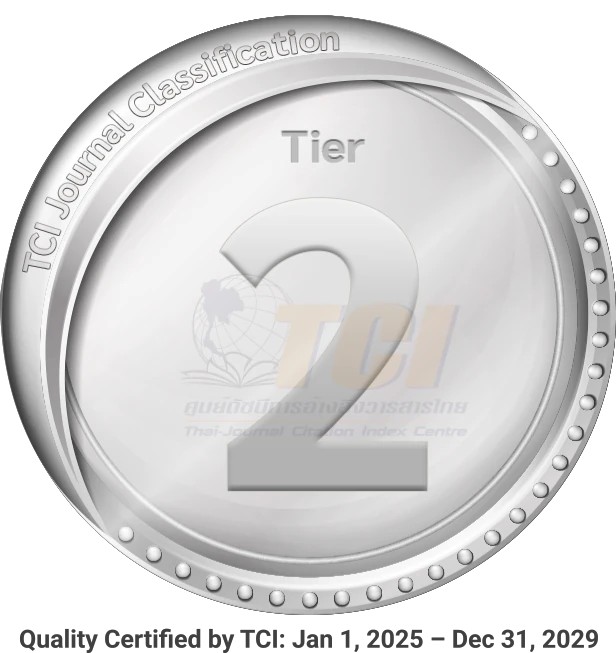The Complexities and Moral Conflicts of Chinese Students’ Adaption for Overseas Classes
Abstract
China is now considered the world's largest exporter of international students; however, with more Chinese students receiving an education in western HEIs, more complications have occurred. The main conflicts manifested through the differences in educational design and thinking patterns regarding engagement within the classroom, testing, and homework evaluation. This paper explores how Chinese learning styles shape the mindset of students in education and how it differs from western education settings. Contrasting teachers' and students' roles in traditionally structured Chinese and western education styles to understand Chinese students' behaviors or learning strategies within the classroom and the moral dilemmas experienced in-class participation, homework, and test-taking. Recommendations on participation and homework & test-taking are provided to achieve a win-win situation for three parties: students, teachers, and institutions. To ensure students’ involvement in class and improve their academic success on homework and test-taking, students need to adapt to fit into the western educational system; Educators need to understand and respect the right of Chinese students being quiet; HEIs need to be aware of the conflicts and provide training for students to build up their academic critical thinking and instructors to better understand Chinese students' learning styles and characteristics. In implementing one or more suggestions, Chinese HEIs can enhance their educational competitiveness and improve the enrollment of students. It also helps Chinese students better adjust themselves to engage in classes effectively to reduce psychological stress in a different educational design and attain academic success.




